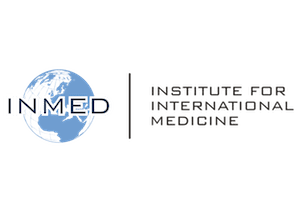Overview
Annoor Sanatorium is the Middle East’s referral center for lung diseases. This forty-bed facility is frequented by patients suffering from multi-drug resistant tuberculosis, asthma, lung cancer, chronic obstructive pulmonary disease, pulmonary fibrosis, bronchiectatsis, and congestive heart failure. It also offers pediatric care and serves large numbers of malnourished children from Saudi Arabia, Syria, Iraq, and Yemen.
While patients normally speak Arabic, INMED students can function in English with translation provided by hospital staff. Responsibilities include inpatient and outpatient care, under the supervision of six American and European trained physicians. The hospital provides housing at no charge, and offers meals at minimal cost to INMED students. Visitors to Annoor may also enjoy the nearby historic city of Petra.
